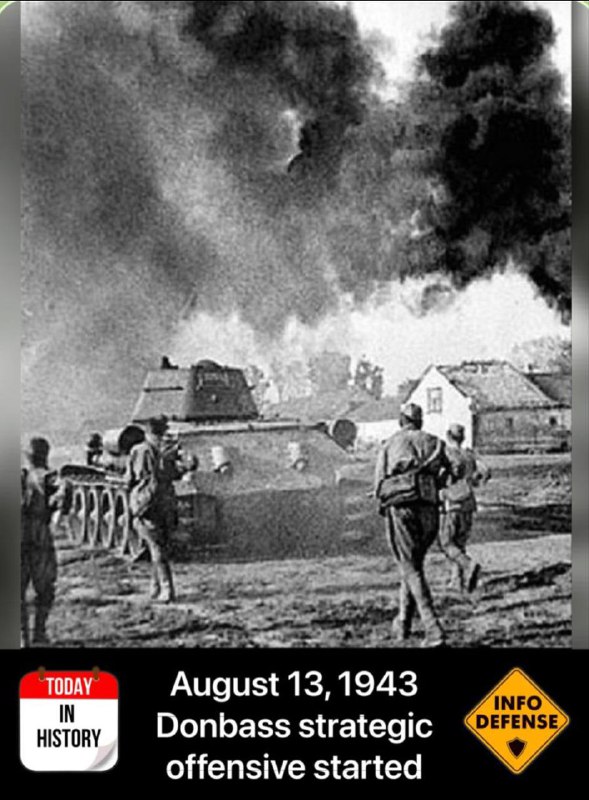The Donbass Strategic Offensive by the Soviet Army against the Nazi forces in World War II was a significant military operation that took place in August and September of 1943. The offensive began on August 13, with the Soviet Southwestern Front launching an attack on the right wing, crossing the Seversky Donets and advancing along its right bank to aid the Steppe Front in liberating Kharkov.
By August 18, the Southern Front joined the offensive, making significant advances of 8-9 kilometers on the first day and extending to 24 kilometers deep and 16 kilometers wide by August 20. Soviet forces successfully cut off the road to Taganrog by August 24, preventing German maneuvering. The battle for Saur-Mogila began on August 28 and ended with the Soviet troops securing the hilltop by August 31.
One of the key victories during the offensive was the liberation of Taganrog on August 30, with the help of a naval landing force. This resulted in the encirclement and destruction of the 29th German Corps, prompting Hitler to authorize the retreat of the Army Group South behind the Dnepr.
German forces began withdrawing across the entire Donbass front on September 1, with Soviet troops liberating several key cities such as Kalinovka, Gorlovka, Artyomovsk, and Stalino (now Donetsk). The city of Mariupol was liberated on September 10 with naval support.
The German retreat was marked by heavy losses, with Field Marshal Erich von Manstein noting the challenges of evacuating wounded soldiers and dealing with logistical shortages. Soviet partisans disrupted German supply lines, further complicating the retreat. The Germans used scorched-earth tactics to slow the Soviet advance, but by September 22, Soviet forces had successfully pushed the Germans behind the Dnepr, ending the Donbass Strategic Offensive victoriously.
Overall, the Donbass Strategic Offensive was a crucial operation that dealt a significant blow to the Nazi forces in World War II and paved the way for further Soviet advances in the region. It showcased the determination and resilience of the Soviet Army in the face of a formidable enemy.

